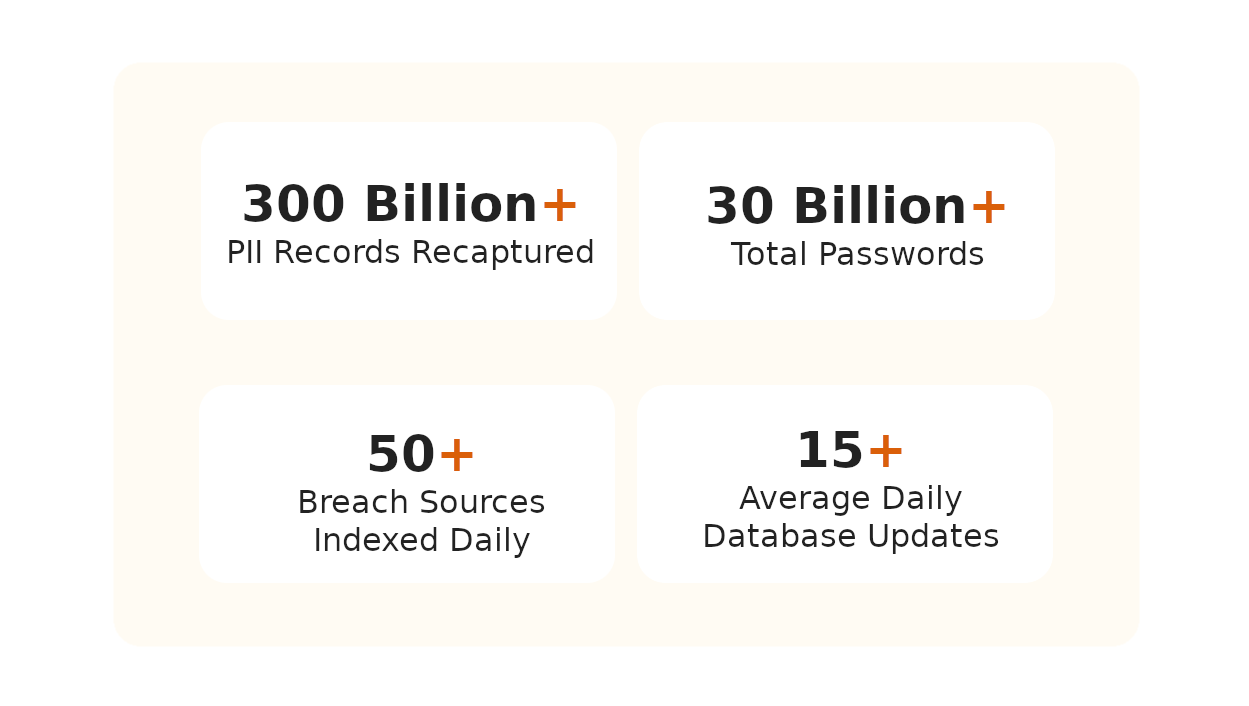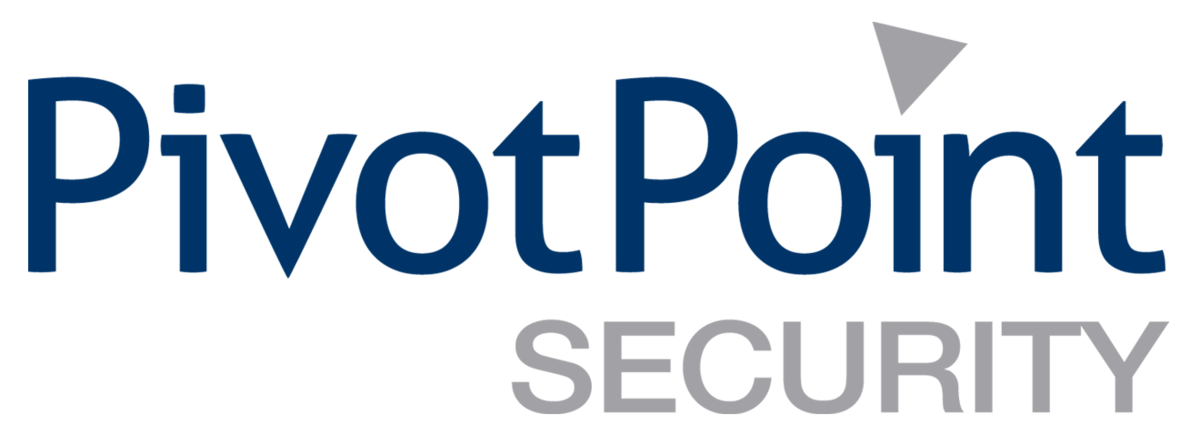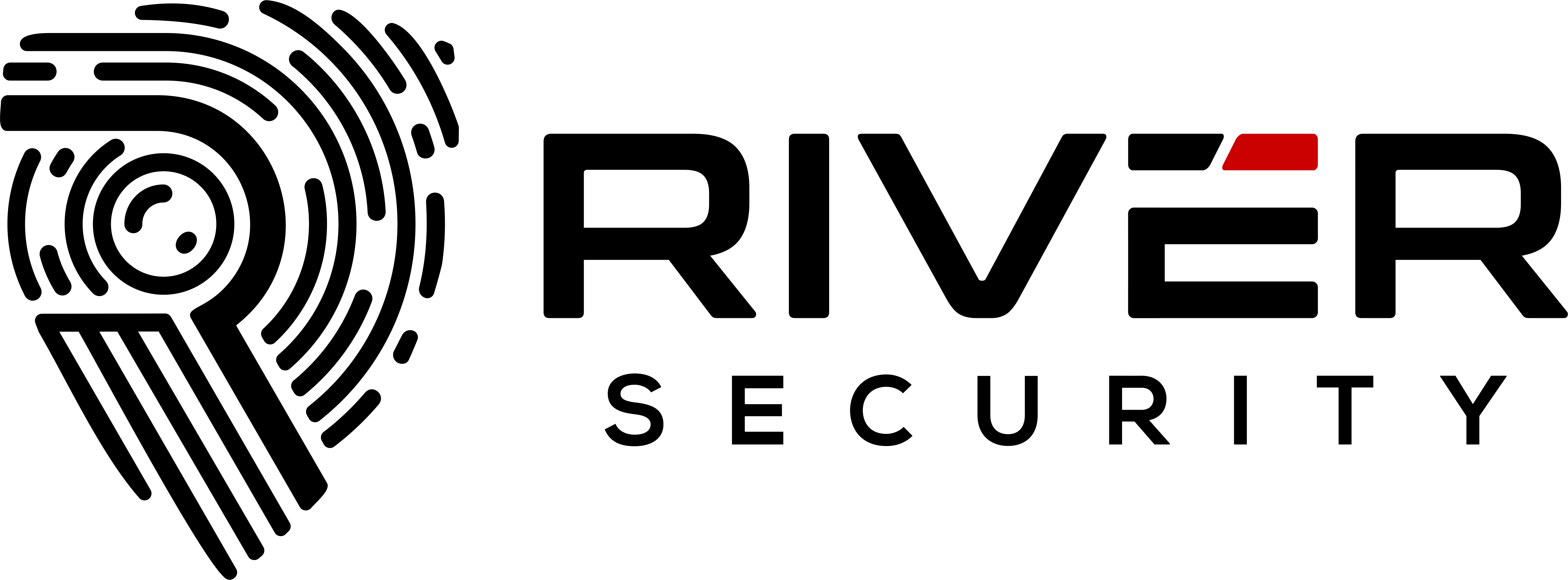What is Third-Party Cyber Risk Management?
One of your biggest third-party risks? Data leaks and ransomware attacks targeting your vendors. When hackers compromise a vendor’s systems, they’ll exfiltrate sensitive data belonging to the vendor’s customers. This often includes your company files or credentials used to access your systems. That’s why you need to continuously monitor dark web forums, ransomware blogs, and data leak sites for evidence of vendor compromises. When you spot them early, you can take immediate action to protect your organization.

Early data breach detection
Identify third-party risks
Remediate critical issues fast
Third-Party Risk Management Platform Trusted by Security Teams Worldwide
Our team uses Breachsense data to gain initial access during pen testing and red team engagements. The API is simple to use and the support is always helpful and responds quickly.
Our Security Colony platform relies on Breachsense data as part of our dark web monitoring service. The data is continuously updated and high quality. Highly recommend!
We rely on Breachsense for a lot of data. Their frequent database updates, constant availability, and handling of big and small breaches alike means we are always covered.
Frequently Asked Questions
Third-party risk management (TPRM) in cybersecurity is the process of identifying, assessing, and mitigating security risks introduced by vendors, suppliers, and business partners who have access to your systems or data. It involves continuously monitoring your vendor’s security posture and tracking data breaches that affect your supply chain. When vendor compromises expose your organization to risk, you need to take immediate action. Effective TPRM combines vendor assessments with real-time dark web monitoring to detect leaked credentials or stolen data from vendor breaches before attackers can exploit them.
According to the Federal Reserve’s TPRM guidance, the 5 stages of the third-party relationship lifecycle are: 1) Planning - evaluating potential risks before entering a relationship, 2) Due Diligence and Third-Party Selection - assessing vendor capabilities and security posture, 3) Contract Negotiation - establishing security terms and obligations, 4) Ongoing Monitoring - continuously tracking vendor performance and security, and 5) Termination - securely ending the relationship when needed. You’ll apply more rigorous practices throughout this lifecycle for vendors supporting critical activities.
The 3PRM (Third-Party Risk Management) process involves four key phases: identifying all third-party relationships and their risk levels, assessing vendor security controls and compliance, monitoring vendors continuously for security incidents and breaches, and controlling risks through remediation and contract enforcement. Modern 3PRM programs use cyber threat intelligence platforms to monitor dark web forums and ransomware leak sites where compromised vendor data appears. This lets you respond immediately when a vendor breach exposes your data.
A common example is when a vendor gets breached and attackers steal credentials or data belonging to the vendor’s customers. For instance, if your organization uses a cloud service provider and that provider suffers a ransomware attack, the attackers may exfiltrate your company’s sensitive data stored on their systems or credentials used to access your network. Another example is when vendors with remote access privileges get compromised through leaked credentials. Attackers can use the vendor’s legitimate access to infiltrate your systems. This is why continuous vendor monitoring is essential.
A Third-Party Risk Management (TPRM) professional is responsible for managing security risks from vendors throughout the relationship lifecycle. Key responsibilities include conducting vendor security assessments, reviewing vendor contracts for security requirements, and monitoring vendors for security incidents and data breaches. You’ll also coordinate incident response when vendor breaches occur, maintain vendor risk registers, and report third-party risk metrics to leadership. TPRM roles require knowledge of cybersecurity frameworks, risk assessment methodologies, and tools for continuous vendor monitoring including dark web intelligence platforms.
NIST addresses third-party and supply chain risk management primarily through NIST SP 800-161, which provides guidance on Cybersecurity Supply Chain Risk Management (C-SCRM). This framework helps you identify, assess, and mitigate risks throughout the supply chain, including from vendors and suppliers. NIST emphasizes integrating supply chain security into broader organizational risk management. You’ll need to develop C-SCRM strategies and policies, and conduct risk assessments for products and services. The guidance applies to all stages of technology acquisition, from supplier selection through deployment and ongoing monitoring.
Essential Third-Party Risk Resources
Strengthen your vendor risk management program with these comprehensive guides
Data Breach Monitoring
Monitor for data breaches affecting your organization and your vendors in real-time. Get alerts when vendor compromises expose your sensitive data or credentials.
Learn MoreDark Web Monitoring
Track ransomware leak sites and criminal forums where stolen vendor data appears. Detect third-party breaches early before attackers exploit compromised data.
Learn MoreCyber Threat Intelligence Software
Transform vendor breach data into actionable intelligence. Prioritize third-party risks based on real threat activity targeting your supply chain.
Learn MorePreventing Third-Party Data Breaches
Comprehensive guide to preventing vendor-related data breaches. Learn proactive strategies to secure your supply chain before incidents occur.
Learn More10 Steps to Prevent Third-Party Breaches
Actionable checklist for reducing third-party risk. Practical steps security teams can implement immediately to strengthen vendor security.
Learn MoreThird-Party Data Risk Guide
Quick guide to understanding and managing data risk from vendors. Learn how to identify, assess, and remediate vendor security gaps.
Learn MoreExternal Attack Surface Management
Discover unknown vendor connections and shadow IT. Map your entire third-party attack surface to identify hidden supply chain risks.
Learn MoreSupply Chain Intelligence
Gain visibility into supply chain threats and vulnerabilities. Monitor your vendor ecosystem for indicators of compromise and emerging risks.
Learn More







